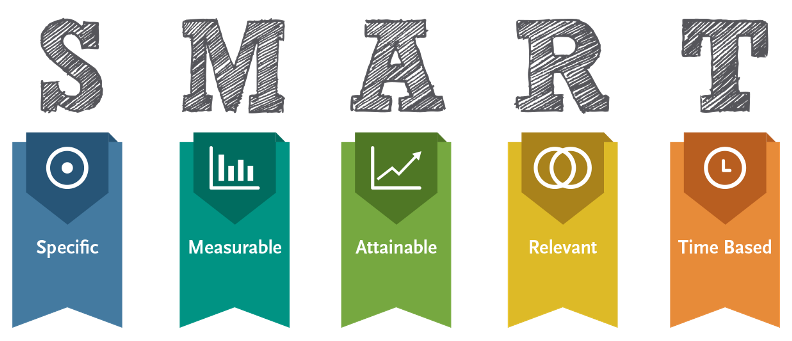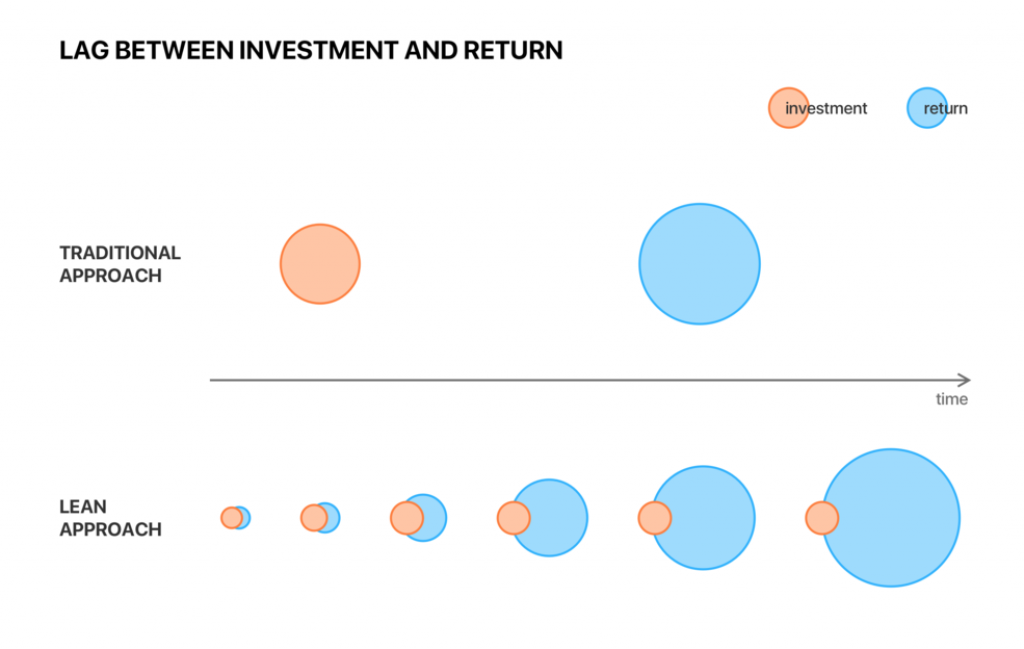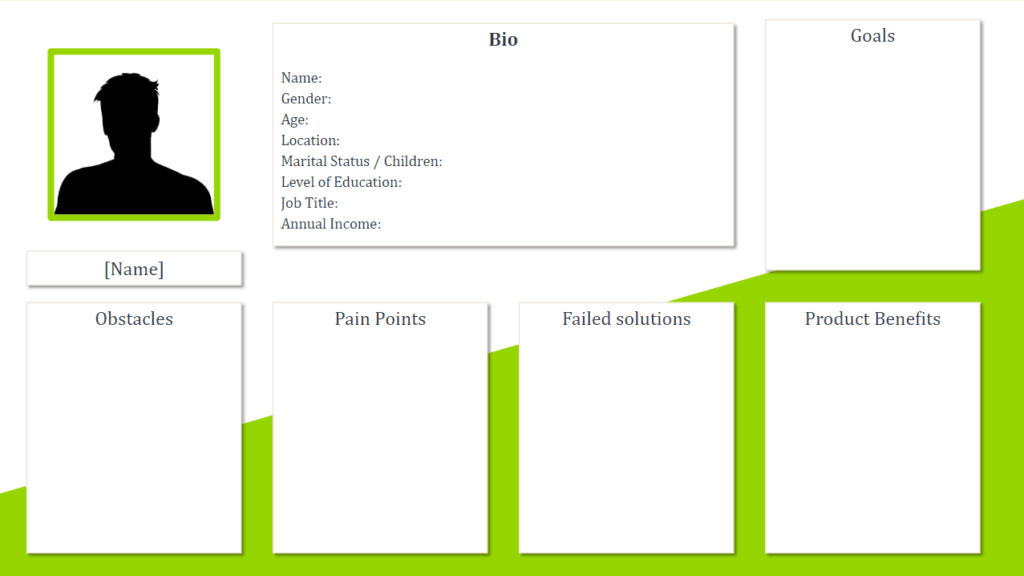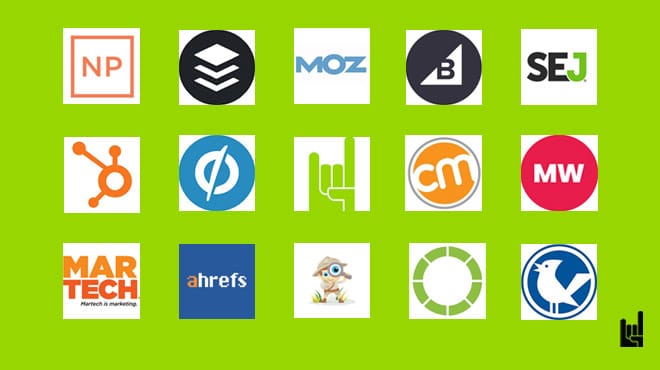You must be used to seeing million-dollar marketing campaigns from big giants. But times are changing, and marketing has evolved a lot.
Speaking of evolution, lean marketing makes your marketing efforts less overwhelming. It breaks down large projects into small chunks of easy-to-monitor tasks.
But how is it different from traditional marketing? And how can you implement lean marketing to grow your business and maximize Return on Investment (ROI)?
What is Lean Marketing?
Lean marketing tries to get the best results with a limited budget. Thus, it relies heavily on data and analytics to understand what’s working and what’s not.
Lean marketing focuses on small campaigns. It measures the results of these campaigns and makes changes if necessary; it is based on iteration, feedback, and learning.
Lean marketers don’t invest all their time and resources into a single grand campaign. That would be risky. It would be too late to make changes if the campaign fails. Instead, they focus on short trial campaigns and make necessary changes based on the results.
Lean marketers focus on their customers so that their customers like their brand.
You can implement lean marketing for all your marketing channels. Using lean tactics in SEO can give excellent results.
Let’s see how to get started with your lean marketing strategy.
1. Set goals
Launching your marketing campaign without goals is like running in the dark. You are bound to fall.
Set clear goals of what you want to achieve through the campaign. One of the most well-known frameworks to help you with that is S.M.A.R.T. goals.

S- Be specific. For instance, don’t say you aim to get ten new leads in the next month. Rather tell them that you want to get ten leads from B2B SaaS companies. Isn’t that super-specific and easy to understand?
M- Your goals should be measurable. If you can’t measure them, how will you evaluate your results?
A- Make sure you can achieve your goals with the given resources. Don’t overextend yourself.
R- Don’t set out of the world goals. Set relevant goals so that you don’t get disappointed later.
T- Define a deadline to reach each goal. That will keep you motivated to work towards achieving it.
2. Brainstorm
Lean marketing aims to optimize the campaign for your customers. It tries to cut down on unnecessary items. So, brainstorming with your teams will help you develop innovative ideas that might work for your target audience.
Brainstorming also helps you analyze your customer insights and shape your campaign accordingly.
3. Refine concepts
Your marketing concepts should be crystal clear. That will ensure the success of your campaign.
Unless you understand all the theoretical concepts clearly, you will be unable to come up with creative ideas for your campaign.
4. Publish and collect data
After those hours of brainstorming, go ahead and publish your campaign. Make sure you monitor the results and feedback.
Collecting all your performance data is crucial because that’ll help you understand whether the campaign is working. You can use various analytics tools to get accurate data.
5. Analyze and identify business intelligence insights
Business intelligence insights look into your historical and present data to give you actionable insights. You get to know how things worked in the past and what’s happening in the present. Thus, you can decide what needs to change for improved performance.
Analyzing business intelligence insights will also let you understand customer behavior. Thus, you will be able to personalize your marketing campaigns based on your customers’ interests and challenges.
Here are some tips to use business intelligence insights to ace your lean marketing campaigns:
- Use analytics software
- Make business decisions based on the analytics
- Interpret information with the help of dashboards and visualizations
6. Refine and repeat
Lean marketing is all about learning and repeating. After you have analyzed all the data and analytics, it’s time to make changes and repeat your campaign. Now that you have learned from your mistakes, your campaign will be much better. Moreover, it will be tailored to the needs and interests of your customers.
Lean Marketing vs. Traditional Marketing
In traditional marketing, marketers determine the final product beforehand. So, there’s no room for changes and adjustments during the creation process. All the resources get devoted to the launch of a single grand campaign.
There’s considerable risk in the traditional form of marketing. If the grand plan fails, you will need a complete overhaul. That would mean a waste of valuable time and resources.
Lean marketing, however, focuses on testing and continuous improvement. It has enough room for flexibility.
Lean marketing is somewhat similar to agile marketing. Agile marketing incorporates customer feedback as soon as possible. It aims to implement a concept fast and make changes if necessary.

Lean marketing, on the other hand, focuses on minimizing excess and reducing waste. Thus, while agile marketing is about delivering maximum value to the customer, lean aims to reduce waste in the process. However, both these principles are complementary to each other — so you don’t need to choose one over the other.
What are the principles of lean marketing?
Lean marketing works on the following principles:
Principle #1: Fast delivery is the priority
Delivering value to the customer as fast as possible is the key. Lean marketers break the major long-term deliverables into small ones. That increases the speed of delivery.
The goal is to fail fast so that you can implement your learnings in your campaigns. Since the deliverables are small, it doesn’t take much time to collect feedback and implement the necessary changes.
For faster delivery, use an hours tracker to determine how long your tasks are taking. That will help improve your planning for better efficiency.
Principle #2: Frequent feedback meetings are necessary
Regular feedback meetings are an integral part of every lean marketing strategy. They help teams look into what’s working and what’s not. Thus, you get to understand the changes needed to improve your campaign.
The entire marketing process is constantly under the lens. So, it’s hard for mistakes to hide.
For instance, if you are using content marketing, you have to constantly evaluate how your blogs and social media posts are performing. Meetings help you do that.
Principle #3: Marketers must limit their focus
Since lean marketing requires smaller deliverables, you can focus on a single task instead of multitasking. That will boost your team’s productivity.
Doing many tasks simultaneously reduces the quality of the final output. But when you limit your focus, you get excellent quality, and your work gets done faster too.
Let’s assume you have two tasks at hand. You will complete them faster if you tackle them one by one.
Principle #4: All plans are flexible
Don’t make any absolute plans. Who knows what the situation will be like? Instead, make your plans flexible so that you can bring the necessary adjustments.
For instance, let’s assume you made plans for a grand marketing campaign and invested a considerable amount in it. But what if the market situation changes while implementing the plan?
So, it’s always better to have flexible plans. That way, you will not fall into trouble if your plan doesn’t work out.
Principle #5: You must have all components on-hand always
This principle is self-explanatory. You can’t act fast if you don’t have things ready. Here are some of those “things” to consider:
A. Multiple buyer personas
Who are your ideal customers? You might have different kinds of customers. So, it’s better to make multiple buyer personas. That will help you personalize your campaigns.
Knowing your customers is crucial for developing buyer personas. However, don’t limit your knowledge to their age, gender, and location. Delve much deeper to know their deepest aspirations and challenges.
The better you understand your customers’ psyche, the stronger your marketing campaign will be.
So, how do you create your buyer personas?
Step 1. Collect as much information about your customers as possible. This should include their goals, pain points, and challenges. Also, get to know their daily habits and financial condition.
Step 2. Segment your customers by age, gender, location, and interests. Not all customers will fit in the same group.
Step 3. Give a name to each of your buyer personas and add a profile picture. That will let you personalize it even more.

B. A clear marketing development process
A clear and well-defined marketing process is necessary for the success of your campaign. Make sure your process makes room for analytics and iteration.
Analytics will give you detailed insights into your customers’ preferences. You will also understand how your campaign is performing. Thus, you can make necessary changes and repeat the process.
Your marketing development process should also include scope for repeating. You might have to make several small changes and repeat your campaign so that it is tailored to your customers’ interests.
C. Analytics and conversions tools
Analytics and conversion tools help you track customer behavior. For instance, how are your customers interacting with your campaigns? How many of them are clicking on your posts? What is the conversion ratio?
All this information will let you understand the performance of your lean marketing campaign. Most social media sites have built-in analytics tools. You can also use conversion tools to better understand customer behavior.
D. A united team
Plans, processes, and tools are of no use without a united team. It is your marketing team that will implement your campaigns on a ground level.
Make sure there is proper coordination between the members. Clear communication is the key to acing your lean marketing strategy.
Remember that there will be numerous small deliverables. Moreover, constant evaluation and adjustments will be a part of the process. Thus, your marketing team should have an excellent professional relationship and access to online learning tools to hone their craft.
The fate of your lean campaign depends on clear communication and a learning spirit among your team members.
E. A multi-person approval process
Lean marketing is an iterative process. You take your ideas to the market, collect feedback, learn from it, and repeat the process. So, the approval of your plans shouldn’t depend on one person.
Follow a multi-person approval process. That will help you double-check whether your campaign fits your target audience. It will also help you navigate the multiple changes you need to make.
What are the benefits of lean marketing?
Let’s take a look at the some of the benefits of lean marketing.
1. Keeps your business customer focussed. Lean marketing requires you to constantly adapt your strategies to your customers’ interests. That makes your business more credible, and you get more customers.
You keep modifying your campaigns based on customer feedback. That means all your marketing communications will become super personalized.
After all, no marketing strategy will yield results if you don’t target the right customers.
2. Boosts productivity. Adopting a lean strategy keeps your team busy. You can’t afford to miss any minute detail about the performance of your campaigns. That means all team members always have to stay alert.
Lean marketing also requires clear communication among your team members and collaborative planning (like with the Kanban approach, for example). All team members need to be well informed about the performance of the campaigns.
The constant iteration, learning, and application of knowledge make your team super productive.
3. Enhances prioritization. Lean marketing aims to reduce waste. So, you tend to ignore the unnecessary stuff and focus on what’s crucial.
Understanding your priorities also helps your marketing campaigns to stand out. Moreover, your decisions are based on data and feedback. So, you know exactly what you need to include in your strategy.
4. Faster delivery. Lean marketers break down a bigger task into small bits. That improves the turnaround time, and you get faster delivery of the final product.
Lean Marketing – Conclusion
Your customers take your business forward. What’s the use of lofty marketing campaigns if they are not tailored to your buyers’ interests and pain points? Going lean helps you deliver personalized campaigns, increasing the chances of success.
So, get ready for increased ROI on your marketing spending by going lean today.

Mark Quadros is a SaaS content marketer that helps brands create and distribute rad content. On a similar note, Mark loves content and contributes to several authoritative blogs like HubSpot, CoSchedule, Foundr, etc. Connect with him via LinkedIn or Twitter.



